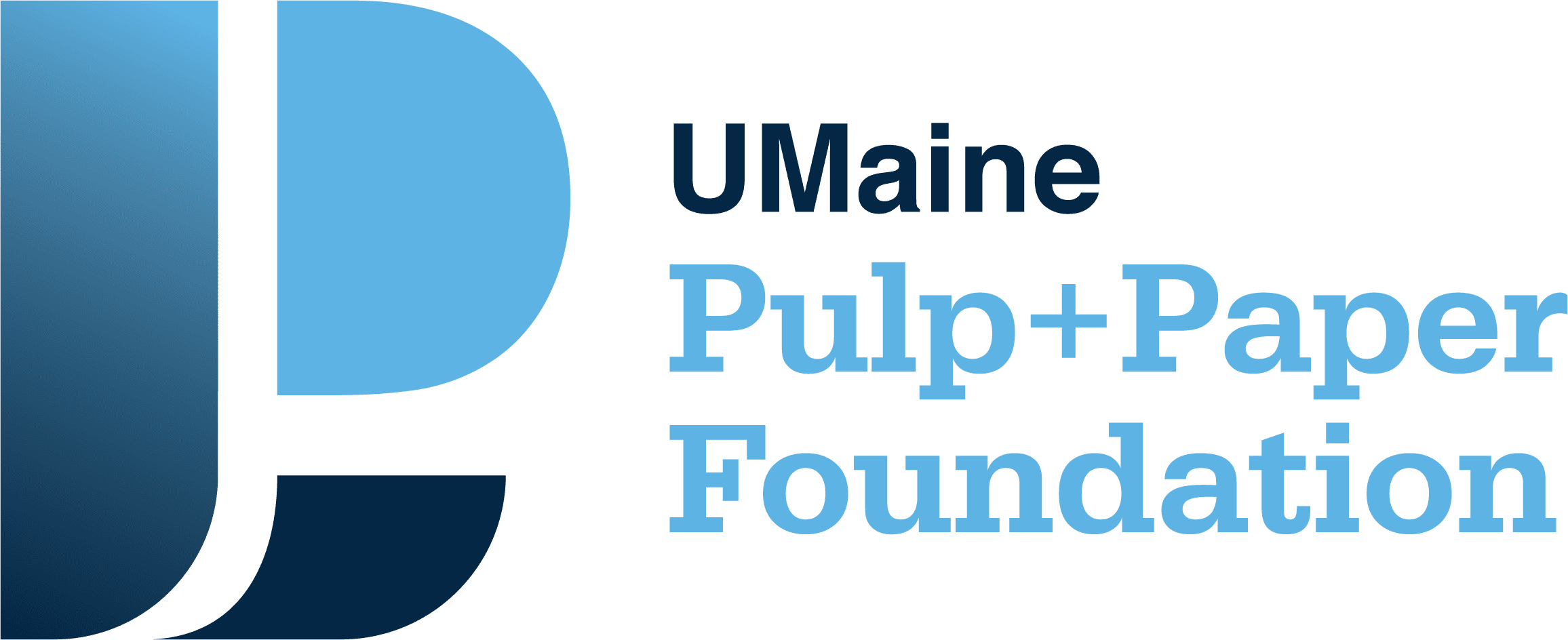Let’s face it, your resume has seconds to capture the attention of an HR recruiter or hiring manager. It’s worth it to put your best resume forward, which starts with the basics. Whether you’re planning on applying for jobs in the near future or not, it’s a great practice to keep building your resume so it always reflects your best qualities and experiences (more on that later).
If you haven’t checked out our blog Best Practices to Build Your Resume, now is the perfect time. It shares a general overview of what to include (and what not include), as well as tips to stand out.
I’m ready to write my resume! Where do I start?
You’ll want to start much like you would for an experiment or lab work: by doing research! First, carefully read the job listing you’re applying to or find a job listing that’s like your current position to use as a reference. Notice the keywords they use, necessary experience, certifications, education, and skills.
Consider which certifications or education is required. What hard skills are they looking for? Which soft skills? What do they value most for the position—collaboration, problem solving, creativity? Write out any keywords that apply to you and your experience. You’ll include these throughout your resume to highlight your qualifications and grab a recruiter’s attention.
What should my resume look like?
Your resume is a compilation of your experience, qualifications, and achievements. With that said, some of your personality can absolutely shine through, but focus on adding substance rather than pizazz.
The formatting includes the font, font size, colors, length, and the organizational layout.
- Fonts: Large companies use recruiting software to scan resumes. It may automatically be discarded if your font isn’t recognizable. Use a standard and recognizable font like Times New Roman at 11- or 12-point size.
- Colors: Keep the text color black over a white background for best legibility. You can use minimal color to add your personality but stick to just one color.
- Layout: Traditionally, a resume has a “chronological layout.” It starts with your name and contact information on the top, followed by your work experience (starting with most recent and working backwards). Education, relevant credentials, certifications, and skills are added at the end.
Another popular option is the “functional layout.” This format highlights your skills rather than your work experience and includes all the same elements as a chronological resume just in a slightly different order. This is a good option if you’re changing fields and have transferable skills or don’t have a lot of experience. - Length: Student resumes should never be longer than one page. Remember: You only have a few moments to capture a recruiter’s attention. Including concise bullet points and quantifiable data, such as monetary savings ($) or percentage improvements (%), are a great way to make the most of the space.
What content should I include in my resume?
The content is the meat and potatoes of your resume. If a hiring manager or scanning software has put your resume in their “yes” or “to review” pile, the hardest part is over! Now, they’ll get to you know you better by reading through your resume’s content. Here’s what to include:
- Name + contact information: A no-brainer, sure, but always put your name on the top of your resume. Also include how you’d like to be contacted in the case of an interview. Both a phone number and email address are expected. Including a physical address is discouraged due to privacy and safety concerns.
- Work Experience: Look back to the keywords that you wrote down earlier from your research. Can you include any (truthfully) into your current or past experiences? Write three or four bullet points describing your work experience. Use the appropriate keywords and quantifiable results.
Be sure to include your role/title, company name and location, and dates that you held that position. Start with your current position and work backwards. Leave out irrelevant or outdated experience. Including ten years or so of work experience is standard. If you find you are struggling to stay within one page, leave out some of your high school job experience and focus more on your co-ops and internships. This is what recruiters will be most interested in. - Skills: Here is where your resume may differ from a colleague’s resume. You have many unique skills, so why not highlight them (bonus points if you can demonstrate outcomes and results using quantifiable metrics!) Check out the examples below to see how.
- Skills:
- Problem solving
- Project management
- Collaboration
- Skills:
- Problem Solving: Test and troubleshoot processes. Determine inconsistencies, upcoming maintenance, and areas for improved efficiency, resulting in a 20% increase in production annually.
- Project Management: Reduced waste by 25%, saving $100,000 annually, by completing Lean Six Sigma kraft paper ream 2.0 project. Order, install and monitor new machinery components, instruct/train personnel, write documentation, and present project’s progress and anticipated outcomes to management level teams.
- Collaboration: Excellent written and verbal communication, delegation and troubleshooting with other team members, personnel and departments.
- Skills:
Try to keep it balanced and list both hard and soft skills. Here’s a short list of the top skills recruiters are looking for this year:
-
- Communication
- Collaboration
- Computer/technical proficiency
- Flexibility
- Adaptability
- Time management
- Creativity
- Project management skills
What are recruiters looking for when they’re reading my resume?
The question everyone wants answered! Most recruiters are looking for the keywords that they’ve placed in their job listing and that you’ve carefully extracted in your research.
However, they’re also looking for proven results and personality. They can see your personality in your soft skills, volunteer experience or any interests you’ve shared. They look for numbers and quantifiable data listed in your work experience that prove you’re an effective employee. Remember, stay true to your experiences, skills, and education. Avoid being dishonest or embellishing in any way.
I’ve done research, chosen the format, and have written the content. What else should I consider?
Building a resume is the ongoing practice of regularly updating your resume throughout your career. You can add the new experiences and skills, additional education, credentials, or qualifications, and any awards or recognitions you’ve accomplished.
Building a resume can also mean the diligent practice of tailoring your resume to be specific to each job that you are applying for. Yes, this does require a considerable amount of time and effort, however, if you’ve been keeping your resume updated, it’s not so overwhelming. For this, we suggest keeping a “master copy” of your resume updated and then creating new documents that you can tweak to be job specific.
Even if you’re 1,000% happy with your current role, keeping your resume updated with your experiences, skills, and accomplishments is an easy way to measure your progress and showcase successes in your career. And, when the time comes for a change or promotion, your resume will be ready!
If you need help with your resume, come see Carrie and Jen!


Recent Comments